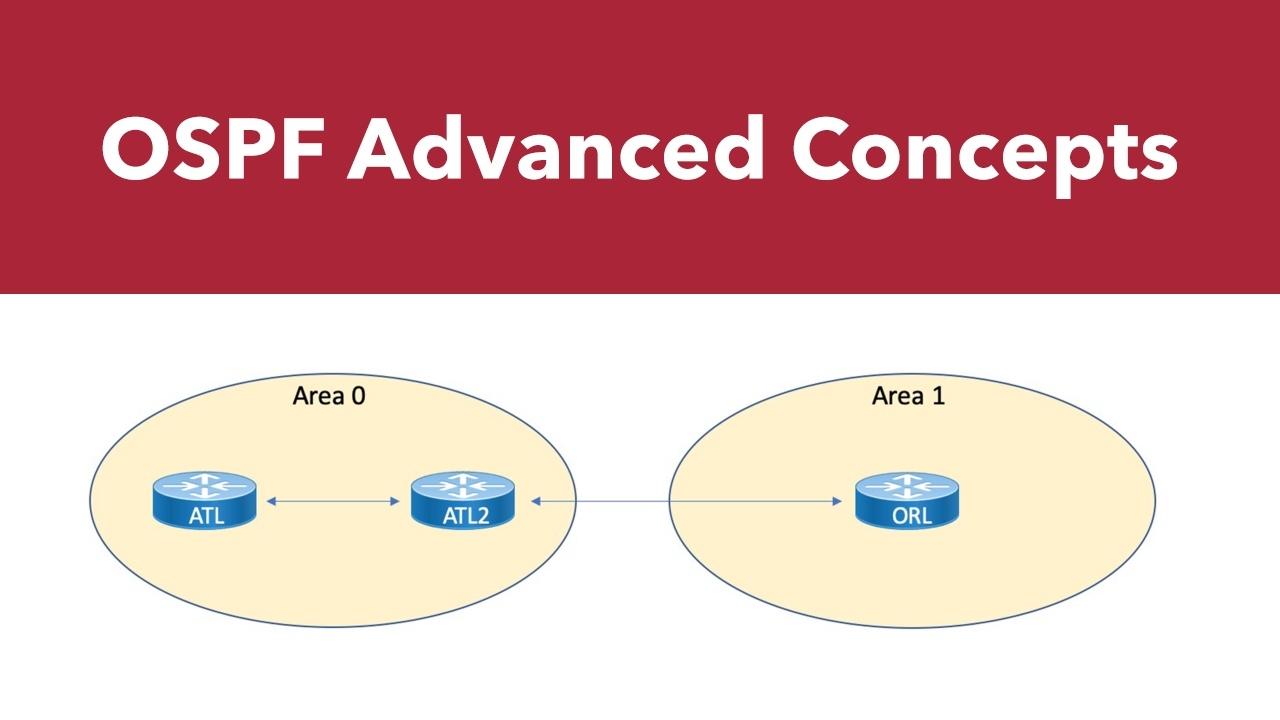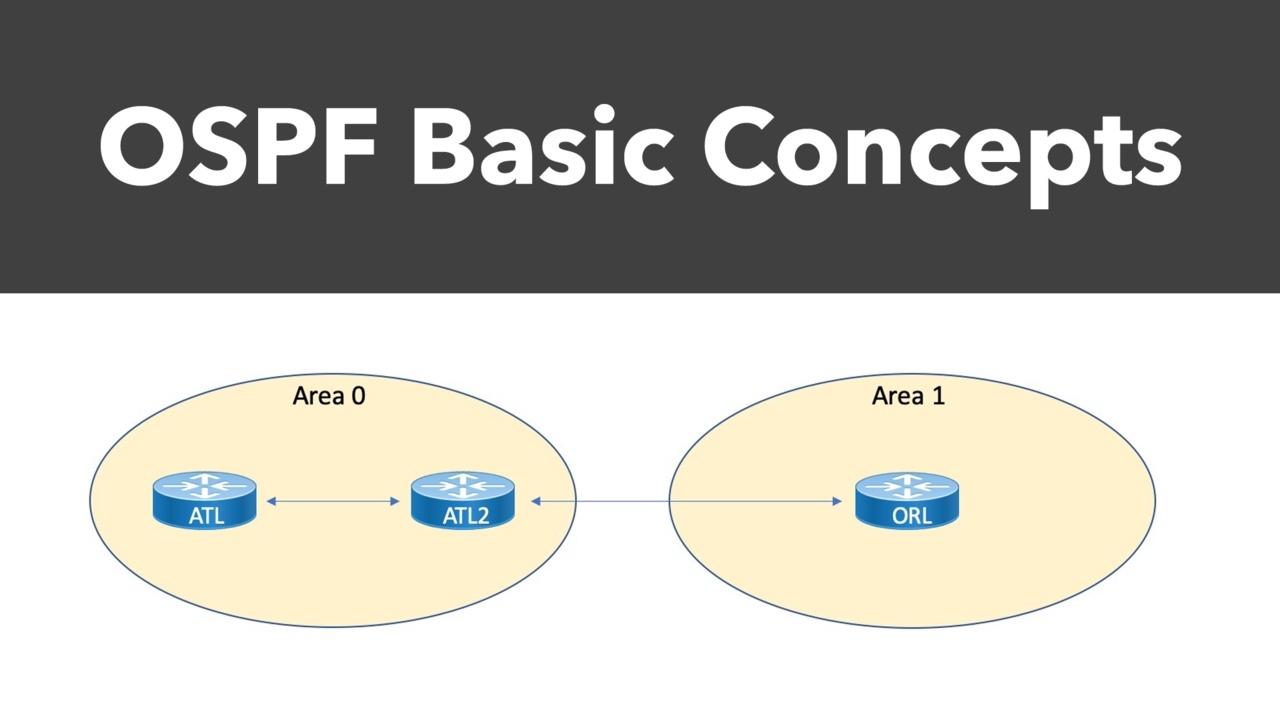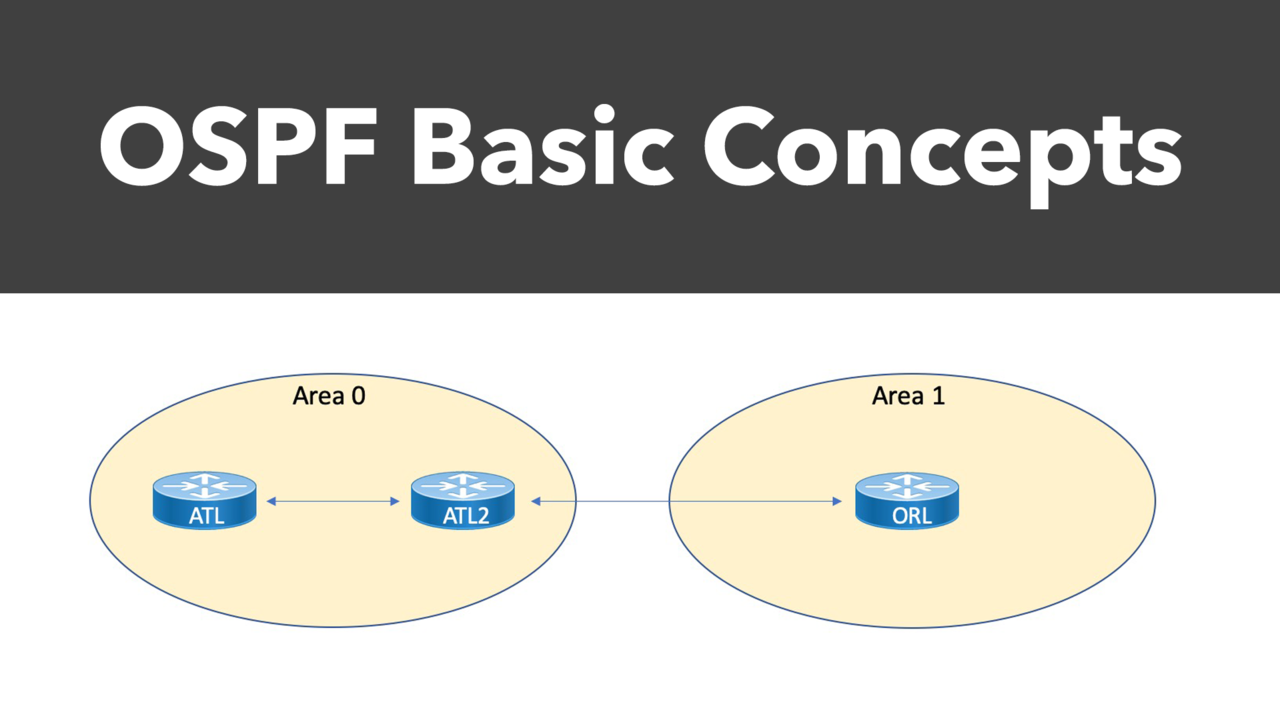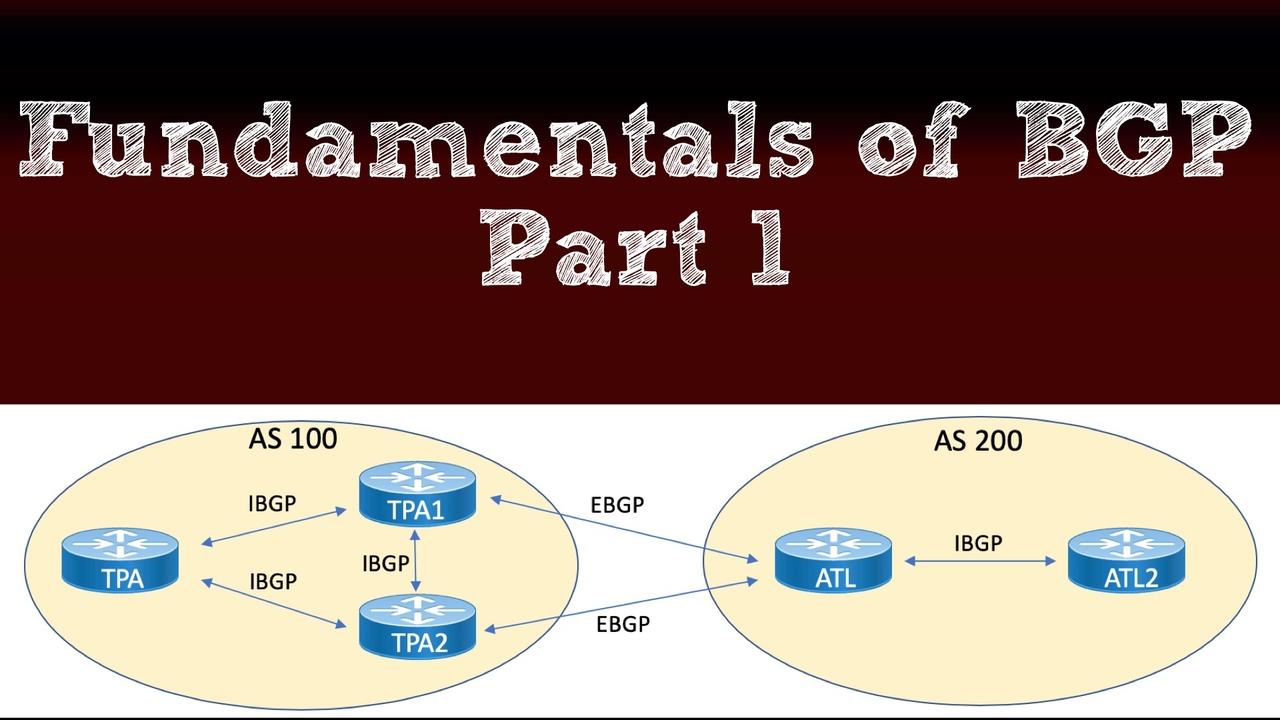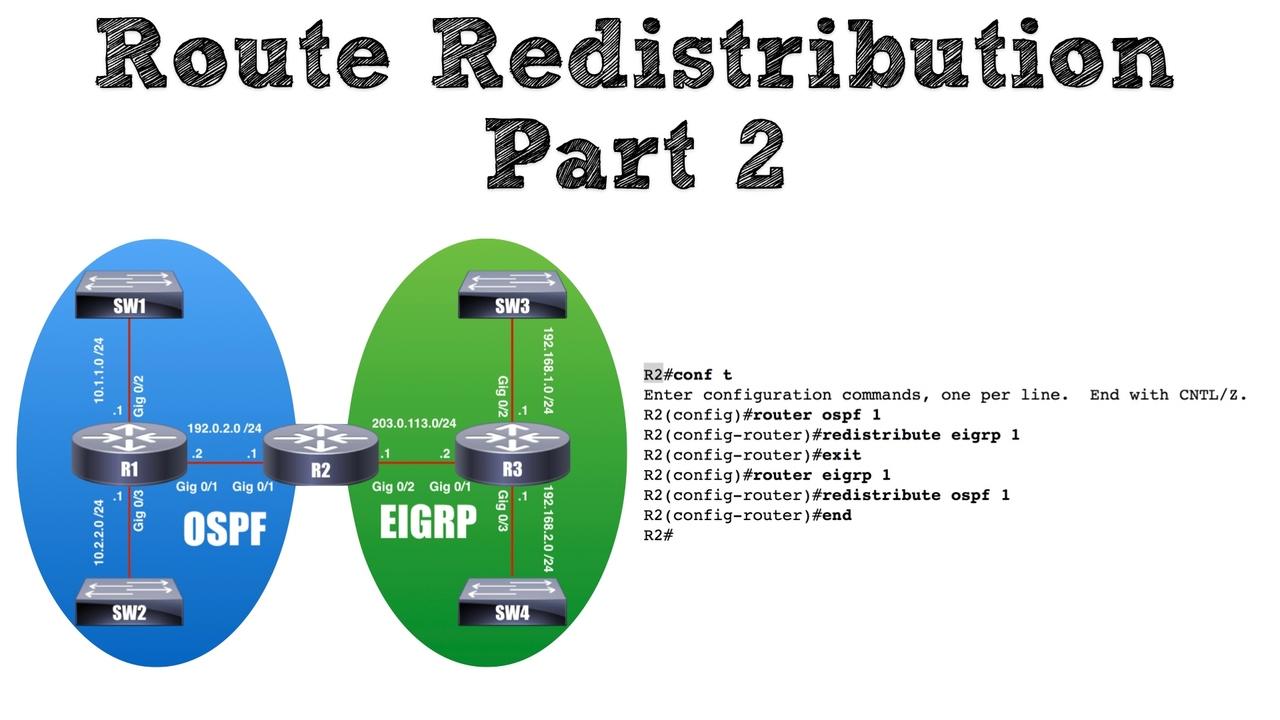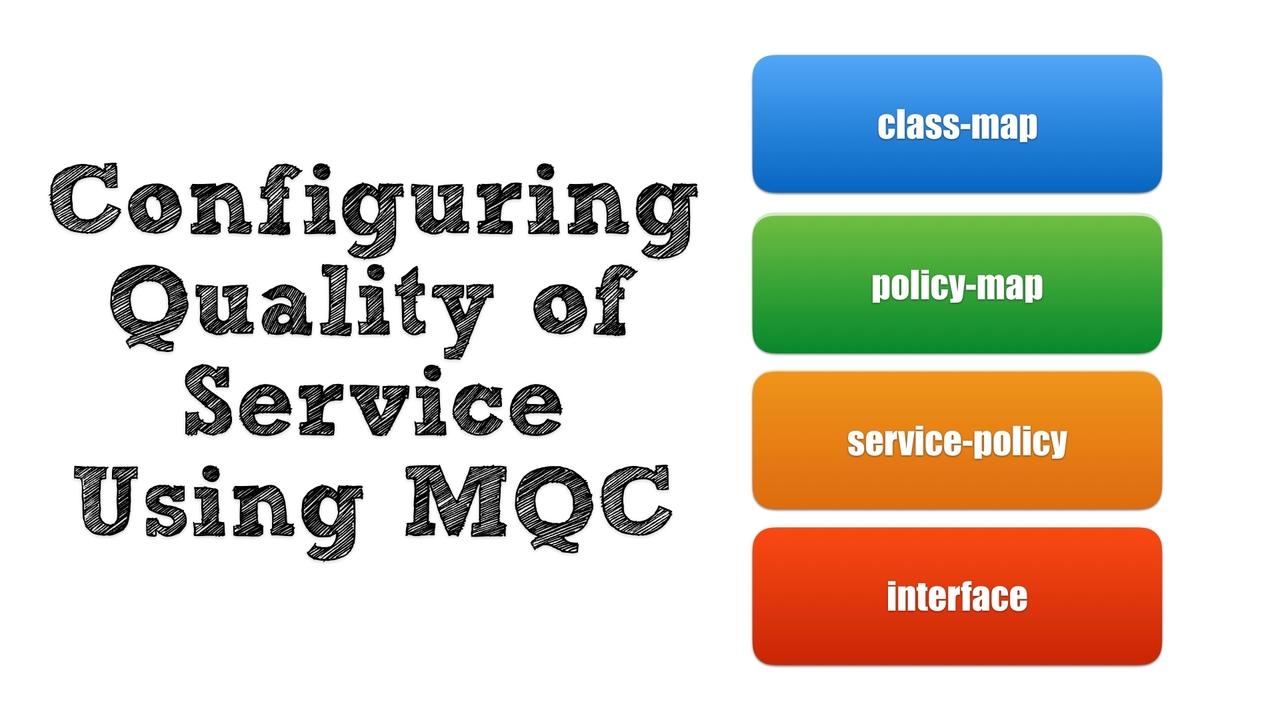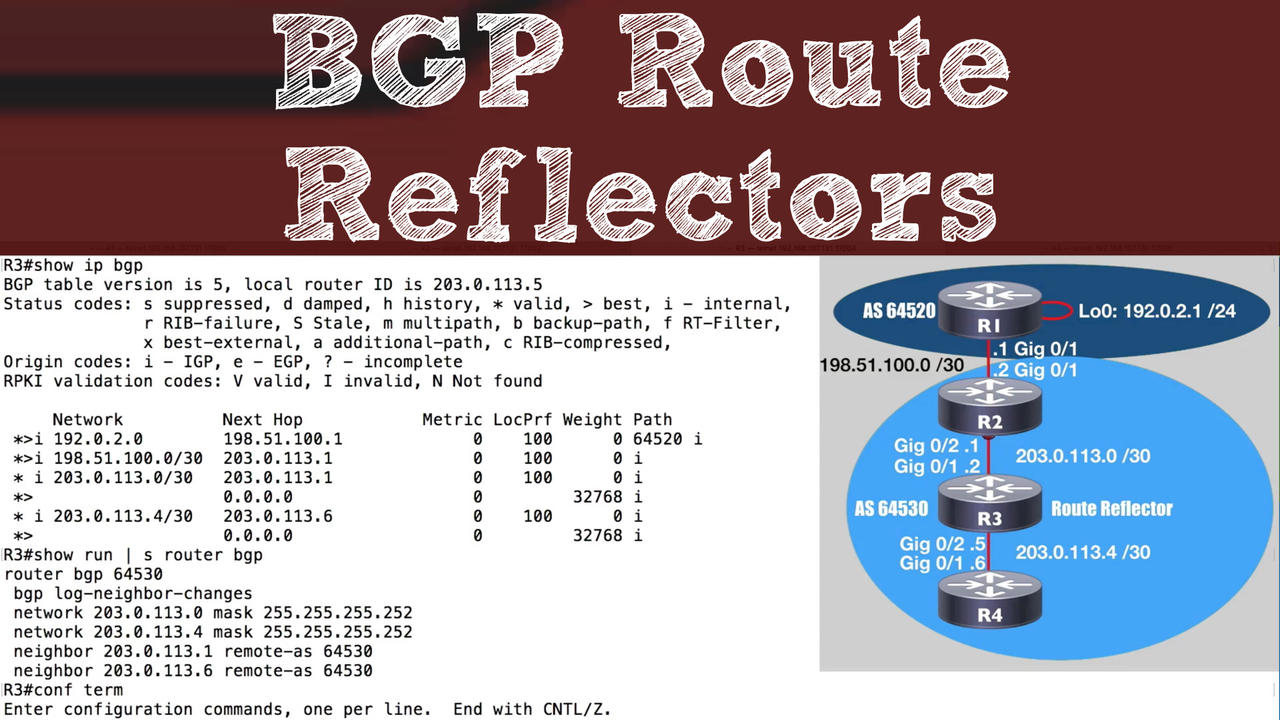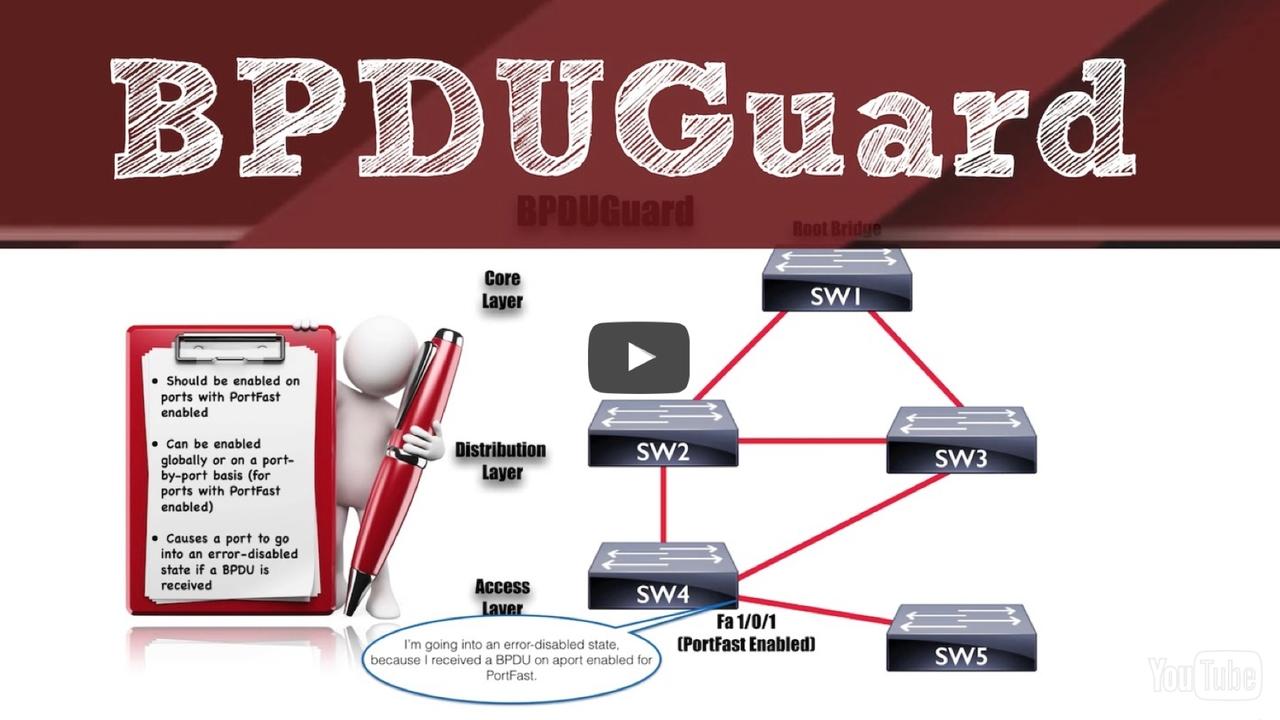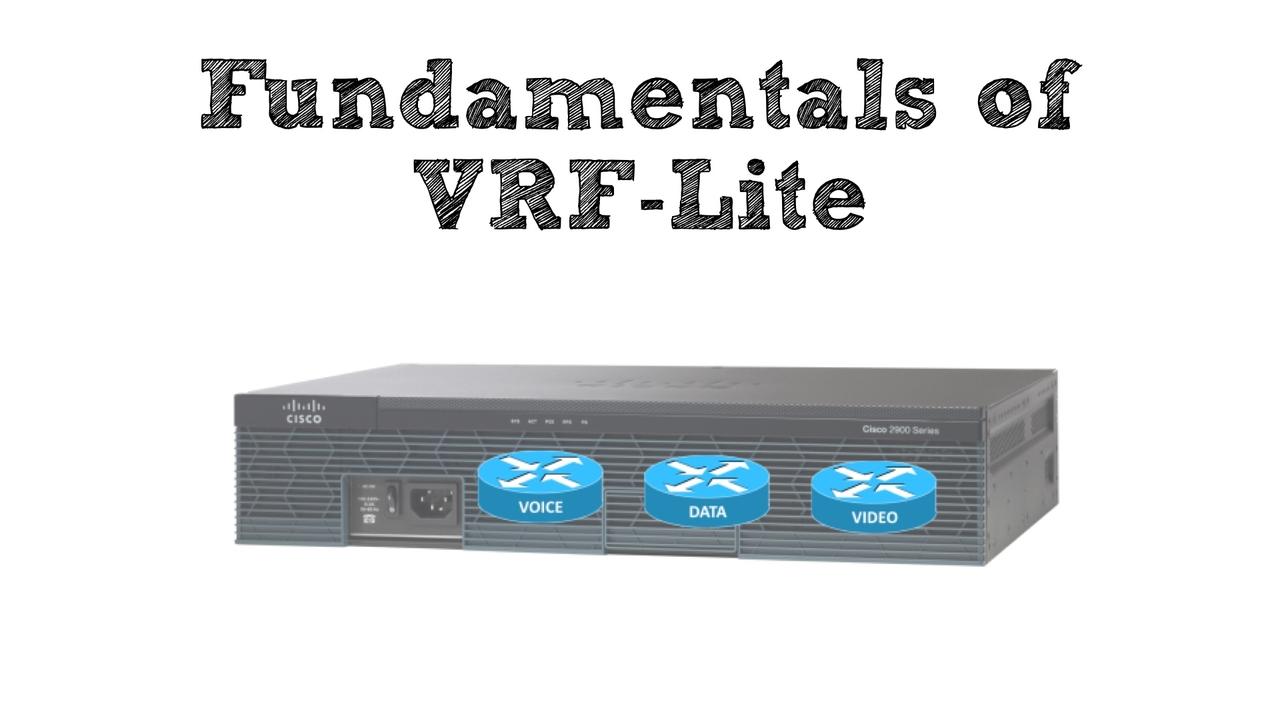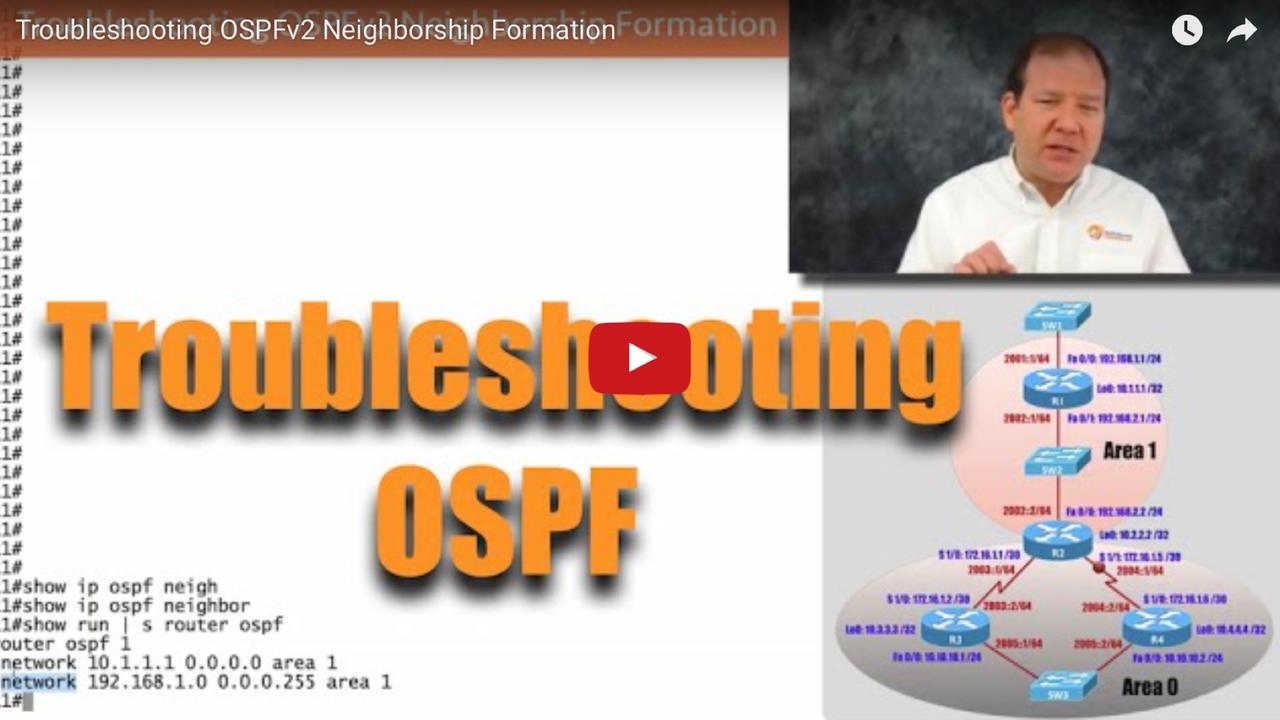THE BLOG
In my latest training video, I cover the theory of Open Shortest Path First (OSPF) routing protocol.
OSPF is the most popular interior gateway protocol used today. In this video, you’ll under...
In the previous part of our OSPF series, we examined options for manually filtering routes. As we wrap up our look at advanced OSPF topics, we'll discuss default routes, and compare OSPFv2 with OSPFv3...
In our previous blog post, we examined how OSPF can automatically filter routes through the use of special areas and LSA Types. But what about your options for manually filtering routes in OSPF? In th...
Last time, we began our look at advanced OSPF topics with the configuration of backbone and non-backbone areas. In this blog post, we'll look at the creation of more specific area types.
Stubby Area
...The time has arrived to tackle some of the more advanced (and interesting) features of the Open Shortest Path First routing protocol. We begin by examining the configuration and verification of the di...
Before we move on to more advanced topics, we'll wrap up this OSPF Basics series in Part 3. Here we'll examine LSA types, area types, and virtual links.
OSPF LSA Types
Link State Advertisements (LSA...
In the previous blog post, we looked at a few fundamental OSPF concepts, including neighbor and adjacency formation. As we continue through the basics of OSPF, this post will examine router roles, tim...
The OpenShortest Path First (OSPF) dynamic routing protocol is one of the most beloved inventions in all of networking, widely adopted as the Interior Gateway Protocol (IGP) of choice for many network...
This post is the 6th and final in a series of Border Gateway Protocol (BGP) posts. If you missed any of the first five parts, here are the links:
This post is the 5th in a series of Border Gateway Protocol (BGP) posts. If you missed any of the first four, here are the links:
This post is the 4th in a series of Border Gateway Protocol (BGP) posts. If you missed any of the first three, here are the links:
This post is the 3rd in a series of Border Gateway Protocol (BGP) posts. If you missed either of the first two, here are the links:
Part 1 of our blog series on Border Gateway Protocol (BGP) gave you an overview of BGP and then delved into BGP message types and neighbor states. Now, in this post, you'll learn about one of the mos...
One of the most intimidating topics for Cisco certification candidates in the Route/Switch track is Border Gateway Protocol (BGP). To help remove the FUD (Fear, Uncertainty, and Doubt) surrounding BGP...
This post is the fourth in a series of posts on route redistribution. If you haven't yet read the first three, here are the links:
This post is the third in a series of posts on Route Redistribution. If you didn’t yet read the first two, here are the links:
So ...
In a previous post, we considered the need for route redistribution, and we also took a look at some configuration examples. This posts builds on that previous configuration and discusses how we can f...
Introduction to Route Redistribution
Until there is one routing protocol to rule them all, there is a need to have multiple routing protocols peacefully coexist on the same network. Perhaps Company ...
I recently did a Facebook Live session covering 5 major Software Defined Networking (SDN) concepts. If you missed the live session, or just want to watch a replay, check out this video.
We cove...
Let's say you have one or more IP routes that you don't want appearing in a router's IP routing table. The reason might be for security or for router performance, as a couple of examples. With O...
The Need to Know MQC in a World of Automation
These days, Quality of Service (QoS) can be configured relatively easy. If we’re using the APIC-EM as a network controller to manage our routers and swit...
The Auto Smartports feature available on Cisco Catalyst switches allows a port to automatically detect that you’ve attached a device it can recognize (e.g. a Cisco IP Phone, wireless access point, vid...
A BGP-speaking router, by default, will not advertise an Internal BGP (iBGP) route to an iBGP neighbor. One solution for this issue is to create a full mesh of neighborships within an Autonomous Syste...
This blog post wraps up our series on Understanding EIGRP by discussing two final topics:
- The EIGRP Router ID
- EIGRP's Neighborship Requirements
Let's begin our discussion by considering the EIG...
Typically, an EIGRP-speaking router dynamically discovers its neighbors, by sending multicast Hello messages. However, there is an option to statically configure those neighbors, and communicate with ...
It's another one of those buzzwords we're hearing a ton these days, the Internet of Things, or IoT for short.
But what exactly is it, and how's it going to impact us as networking professionals? That...
Sometimes, we might want a router interface to participate in an EIGRP routing process (in order to advertise that interface's network) without that interface sending out EIGRP Hello messages. That's ...
In our Cisco routing and switching studies, we commonly study routing protocols such as RIP, OSPF, EIGRP, and BGP. However, there's a very scalable, fast converging, link-state routing protocol that o...
Once of EIGRP’s claims to fame is its fast convergence in the event of a link failure. However, one thing that might slow down this convergence is timer configuration. That's the focus of this blog po...
One of the buzzwords you hear a lot in our industry these days is Cisco IWAN. But, what exactly is Cisco IWAN, and what can it do for us? That's what you'll learn in this video.

In the first blog post in our Understanding EIGRP series, we were introduced to EIGRP’s features, in addition to a basic configuration example, and a collection of verification commands. Now, in thi...

I used to work as a Network Design Specialist at Walt Disney World, in Florida. Their massive network contained over 500 Cisco routers (and thousands of Cisco Catalyst switches). What was the routin...
You want to get your first (or next) Cisco certification, but do you have a specific preparation strategy, or are you just winging it? If you do have a structured framework you’re confidently executin...
Yet another new topic on the new CCNA R/S v3 exam is BPDUGuard, which is an enhancement to Spanning Tree Protocol (STP) available on our Cisco Catalyst switches. Specifically, BPDUGuard can help preve...
You’re probably familiar with the concept of virtualization, where you can run multiple virtual servers on a single physical server. However, did you know that you can run multiple virtual routers ins...

Have you ever used some sort of virtualization software (e.g. vmware) to get multiple virtualized servers running on a single physical server? It’s a great way to save resources, by eliminating the ...
How do you get hands-on experience when you’re preparing for your CCNA R/S or CCNP R/S certifications? One option is using the Cisco Learning Labs. You can check out my review here.
Links to Purcha...
This video shows you how to troubleshoot a route redistribution scenario with multiple redistribution points.
This video is a sample from my new CCNP R/S v2 Complete Video Course Library (which inc...
In this new video, you’ll learn common issues that can prevent an OSPFv2 neighborship from forming. Then, you’ll walk through a sample OSPF troubleshooting scenario.
This video is a sample from ...
Happy New Year!
If one of your goals for 2015 is to earn your CCNP R/S certification, you might want to check out a new video I did.
The video discusses the theory of GLBP, a First Hop Redundancy Pr...
This video from my ROUTE Complete Video Course demonstrates how BGP Peer Groups can help conserve a router’s CPU resources if the router is doing BGP route filtering with multiple BGP neighbors.


